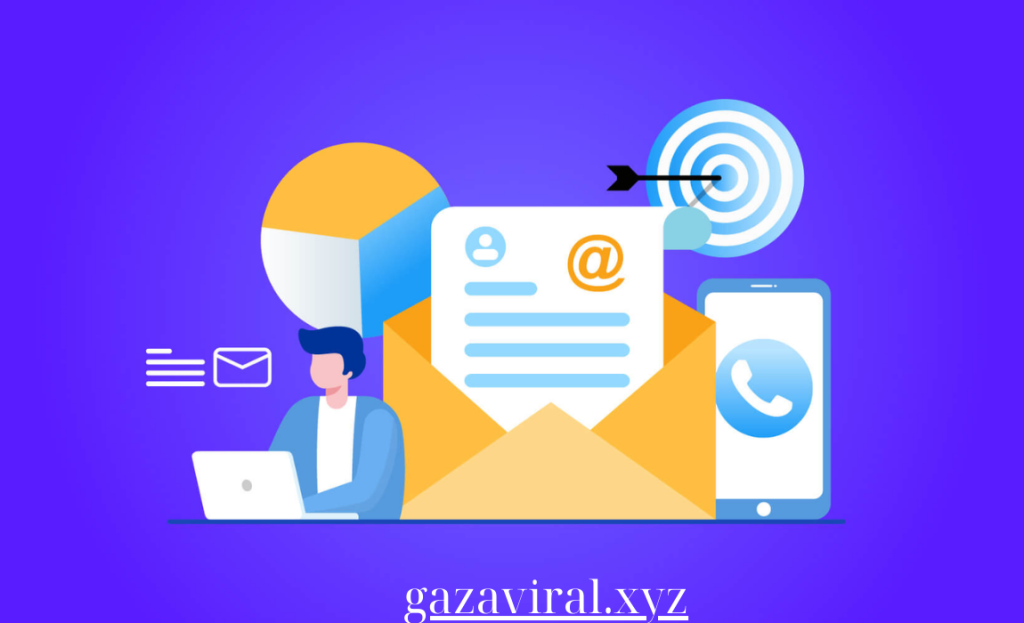Email Content Creation
Behavior-Based Email Triggers: Personalize Your Communication Strategy
Personalizing your communication through behavior-based email triggers is one of the most effective ways to engage your audience and drive conversions. By sending targeted emails based on a user’s actions, you can create tailored experiences that feel more relevant and timely, improving customer relationships and boosting overall engagement. Here’s how to leverage behavior-based email triggers to personalize your communication strategy.
1. Welcome Emails After Signup
The first interaction a new subscriber has with your brand is crucial. A well-crafted welcome email sets the tone for your relationship and can make a lasting impression. Trigger a welcome email immediately after a user subscribes to your list or creates an account.
- How to Do It: Create a friendly, welcoming message that introduces your brand, provides useful information, or offers a discount for first-time buyers. Use personalization by addressing the user by name and offering recommendations based on their sign-up preferences.
- Why It Works: Welcome emails have some of the highest open rates because they are timely and relevant. They help establish rapport with new subscribers and guide them through the next steps in their customer journey.
2. Abandoned Cart Reminders
When a customer adds items to their cart but leaves before completing the purchase, sending a timely reminder can help recover the sale. An abandoned cart email is triggered automatically when a user leaves products in their cart without checking out.
- How to Do It: Include the items left in the cart, along with a clear call-to-action to complete the purchase. You can enhance the email by offering free shipping or a discount to incentivize the user to complete the checkout process.
- Why It Works: Abandoned cart emails remind customers of their intended purchase and provide a gentle nudge to complete the transaction. Personalized cart reminders are highly effective at recovering lost sales, often leading to increased revenue.
3. Product Recommendation Emails
Using customer behavior data, such as browsing history or past purchases, you can trigger personalized product recommendations that cater to individual preferences. This type of email adds value by providing relevant suggestions based on the user’s activity.
- How to Do It: Set up automated emails that recommend products based on a user’s previous shopping behavior or items they viewed but didn’t purchase. Use product images, personalized text, and clear CTAs to encourage exploration or repeat purchases.
- Why It Works: Personalized product recommendations can significantly improve click-through rates and drive repeat purchases. By showing customers products they are genuinely interested in, you enhance their shopping experience.
4. Re-Engagement Campaigns
Over time, some subscribers may become inactive or disengaged with your emails. A behavior-based re-engagement campaign can help win back these users by encouraging them to take action.
- How to Do It: Trigger a re-engagement email after a subscriber has been inactive for a set period (e.g., 30, 60, or 90 days). Offer incentives such as a special discount or exclusive content to encourage them to re-engage. Ask for feedback or preferences to understand why they’ve been inactive.
- Why It Works: Re-engagement campaigns remind inactive subscribers of your brand and provide incentives to return. Personalized offers and content tailored to their preferences can reignite their interest and keep them engaged long-term.
5. Post-Purchase Follow-Up
Following up with customers after a purchase is a great way to show appreciation and keep them engaged with your brand. Trigger post-purchase emails to thank customers, provide additional resources, or suggest complementary products.
- How to Do It: Send a thank-you email with personalized recommendations based on the purchased product. You can also provide instructions on product care, how-to guides, or information about related products that they might find useful.
- Why It Works: Post-purchase emails enhance customer satisfaction and build trust by offering helpful content. They also increase the likelihood of repeat purchases by introducing complementary items or future offers.
6. Behavioral Milestone Emails
Celebrate key milestones in a customer’s journey with your brand, such as their first purchase anniversary or reaching a loyalty program level. Milestone emails are triggered based on customer behavior and time spent interacting with your brand.
- How to Do It: Set up automatic emails to celebrate anniversaries, birthdays, or other milestones with a special offer or message. Personalize the content by highlighting the customer’s journey with your brand and offering a reward like a discount or free gift.
- Why It Works: Milestone emails create emotional connections by recognizing customers’ loyalty. Personalized messages and exclusive rewards make customers feel valued and appreciated, encouraging brand loyalty.
7. Browsing Behavior Triggers
Sometimes users may browse your website, view products, or explore certain categories without taking further action. Email triggers based on browsing behavior allow you to send relevant content or product recommendations to engage these users.
- How to Do It: Track user activity on your site and trigger emails based on the pages they visited or products they viewed. Send personalized emails with related products, offers, or content that might interest them based on their browsing behavior.
- Why It Works: Browsing behavior triggers ensure that users receive content aligned with their interests, increasing the chances of conversion. These emails feel personalized and timely, which can prompt users to revisit your site and make a purchase.
8. Event-Triggered Emails
Trigger emails based on real-time events, such as a webinar signup, an app download, or a live demo request. Event-triggered emails are an effective way to nurture leads and guide them through the buyer’s journey.
- How to Do It: Create automated sequences that follow up after a user takes an action, like registering for an event or downloading a resource. Provide next steps, such as joining a webinar, reading a related article, or scheduling a consultation.
- Why It Works: Event-triggered emails help guide leads through the funnel by offering relevant information based on their actions. These emails keep users engaged with timely content, moving them closer to conversion.
Final Thoughts
Behavior-based email triggers are a powerful tool for personalizing your communication strategy and improving engagement. By delivering targeted messages based on user actions, you create more relevant and timely experiences that drive conversions and build stronger relationships with your audience. Whether it’s sending abandoned cart reminders or offering personalized product recommendations, behavior-based emails are key to achieving higher ROI in your email marketing efforts.


